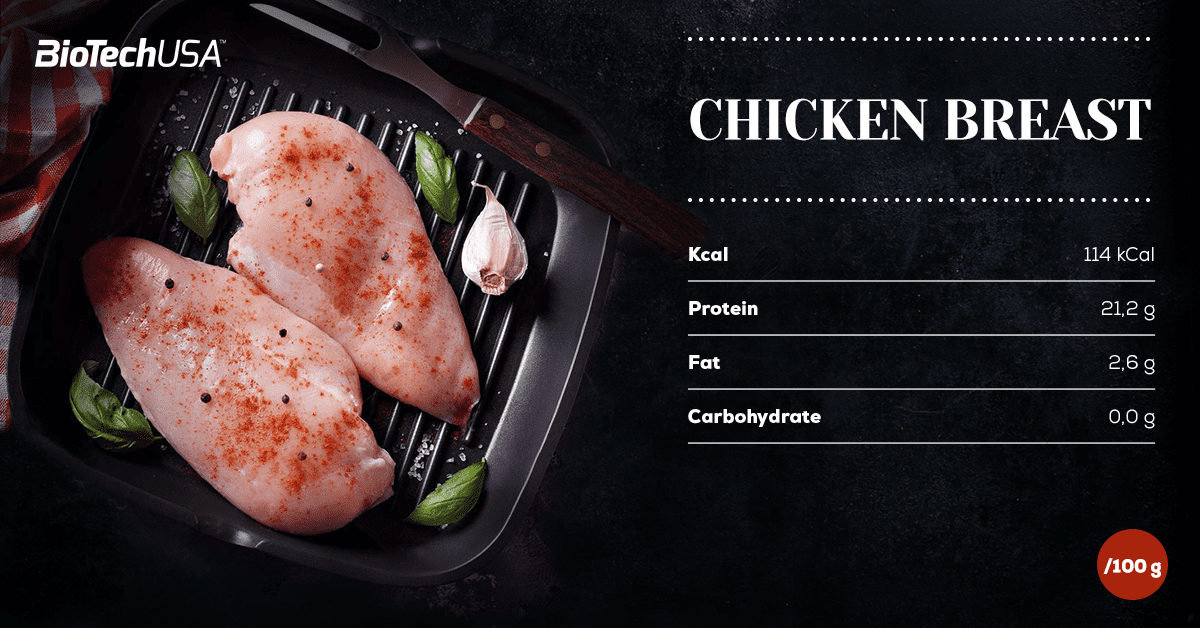
Why to take in a lot of protein during a diet?
Why you need to take in more protein during a diet
When you are on a diet, you reduce your calorie intake, which you can best achieve by cutting carbohydrates and fats. If you increase your protein intake during this period, you won’t need to be afraid of your body eating up your own muscles. Also, processing protein is an energy-consuming task, which maintains the pace of your metabolism, and you won’t store reserves and fall into the trap of yo-yo dieting. Your body will promote fat loss, and thus keep your quality tissues, that is, muscles tissues. Due to the filling effect of protein, you won’t feel hungry during a diet, and you’ll remain energetic and strong enough for workout and physical activity. Since you keep your muscle mass, you can achieve a nice toned body shape after losing fat.
One option to increase your protein intake is to consume protein sources of appropriate quality, such as roast chicken breast, eggs, dairy products or a protein shake.
If you don’t take in sufficient amounts of protein while losing weight, then it’s highly possible that your body will start to break down the energy-consuming muscle tissues instead of adipose tissues. You’ll lose weight, indeed, but you won’t have a nice shape, as you’ll keep your excess body fat, and you’ll likely to have cellulite and a plump body. Protein makes you feel full, so if you don’t have enough of it, you’ll be much hungrier during the day and more likely to have eating attacks.
You need to take in about 1.5-2 grams of protein per body weight kilogram daily. It’s usually hard to meet from solid foods, so various protein shakes may be of great help.
The pros and cons of high-protein diet
It’s much easier to design a regimen when you have a nutrient of which you can have larger quantities. However, you should be aware that taking in 1.5-2 grams of protein per body weight kilogram daily is not easy at all. You may succeed if you always prepare for the next day with your food. It’s crucial that you find low-carb and low-fat protein sources, so you’ll need to choose the right meats and vegetables. The protein sources with the best price-to-value ratio are usually chicken breast and turkey breast, but sea fish are a good solution, too. Sea fish also contains Omega-3 fatty acid, a very important micro nutrient in your diet. It supports metabolism and contributes to a number of important processes such as cleaning blood vessels and therefore improving circulation.
How much protein do you need?
We have formerly explained how to use a simple calculation. If you want to be more precise, you can find lots of calculators on the Internet. They all take into account how much physical activity you do and what lifestyle you lead. If your protein intake is too low, you won’t achieve the desired goal. If you take in too much protein, it may also have an adverse effect, especially in the form of tiredness, because you’ll burden your body. Try to eat a varied diet and ensure the necessary quantities from diverse sources. For breakfast, you can enjoy an egg, yoghurt for your morning snack, chicken breast for lunch, low-fat cottage cheese in the afternoon and a slice of sea fish in the evening. After workout, don’t forget about your usual protein shake, which is preferably whey protein.
You must exercise, too!
You may dream about a toned body and be conscious about your food, but if you don’t exercise, the muscles which make your body nice and tight, won’t grow. And that’s not the only reason why sports are important when you want to lose weight. Weight loss will begin when your calorie balance is negative. It means that you use more energy (calories) than what you take in with your meals. It can be achieved simply through eating, but it will make it considerably easier if you also do physical exercise. During a one-hour workout session you can use up as much as 300-600 Kcal, which is quite a lot! Depending on your excess weight, your history of doing sports, your need for exercising and your lifestyle, choose the form of physical exercise that suits you most; it can be a daily walk, hiking, jogging, gym or even a combat sport, crossfit, indoor climbing, aerobic or some other group training – anything that you feel like doing and ensures continuous exercise. Training will distract your attention from dieting and it also improves your general mood.
The 6 best protein sources for losing weight
Chicken breast
100 g contains about 20-24 g protein. It has a great price-to-value ratio, which means that, compared to its protein content, it is cheaper than other meats and poultry, considering that it also has a low fat content. You can buy it anywhere and it’s easy to prepare. Whether roasted or grilled, it’s easy to season and you can make it varied with side dishes. You can have it with only vegetables to add as few calories to it as you can, but it also makes a great lunch with, for example, rice, pearly barley, quinoa, etc.
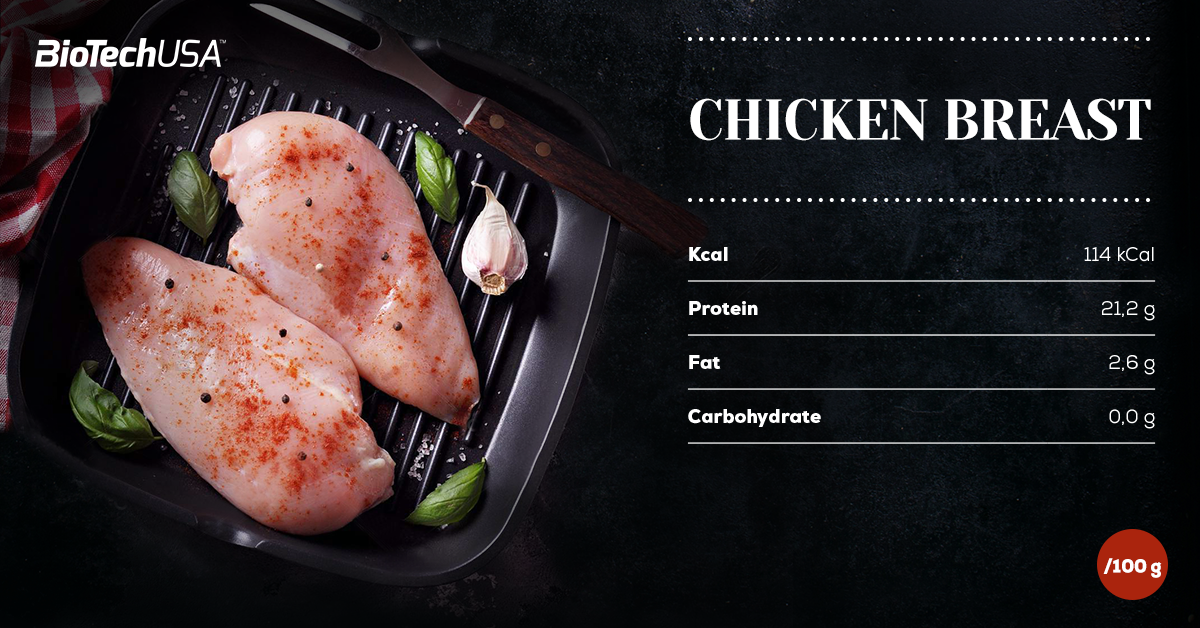
Turkey breast
Its protein content, texture and modes of preparation are very much like those of chicken breast. It has a slightly different taste – some like it, some don’t – it’s a question of individual taste. Similarly to chicken breast, it can be prepared in a number of ways, it has a similar price, and it’s also widely available, so it’s easy to fit in your diet.
Sea fish
The protein content of white meat sea fish can also reach 20-22 g per 100 g. Although it has a typically high fat content, it’s not a problem, as the ratio of the highly useful Omega-3 fatty acids is relatively high. It is widely available, especially deep-frozen, it’s not too difficult to prepare, either, but it also typically contains a lot of water, so you need to be careful when frying and expect the finished meal to lose much water.
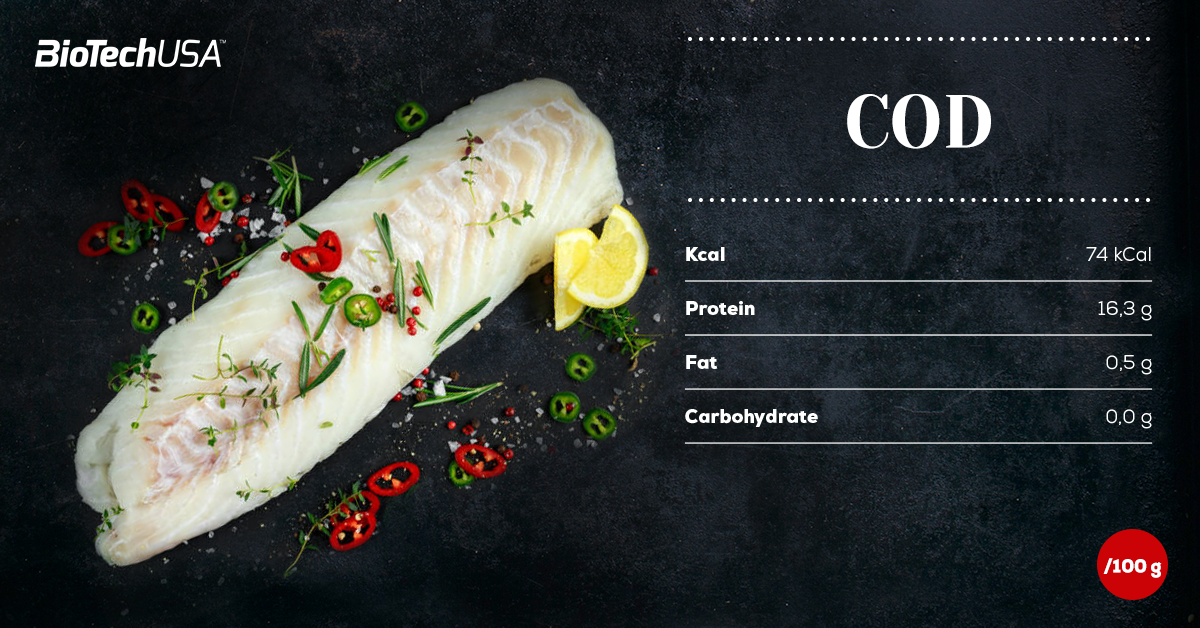
Egg white
Eggs are the basis of all proteins. It’s the starting point of calculating the biological value of protein sources, that is, the quality and ratio of absorption. 1 M sized egg contains about 24 grams of egg white, of which 3 grams are pure protein. It means that every 100 g of egg white can provide you with 12 g of particularly high quality protein. It can be prepared in a number of ways, even with the yolk, which contains almost as much protein, but due to its fat content, large quantities are not recommended.
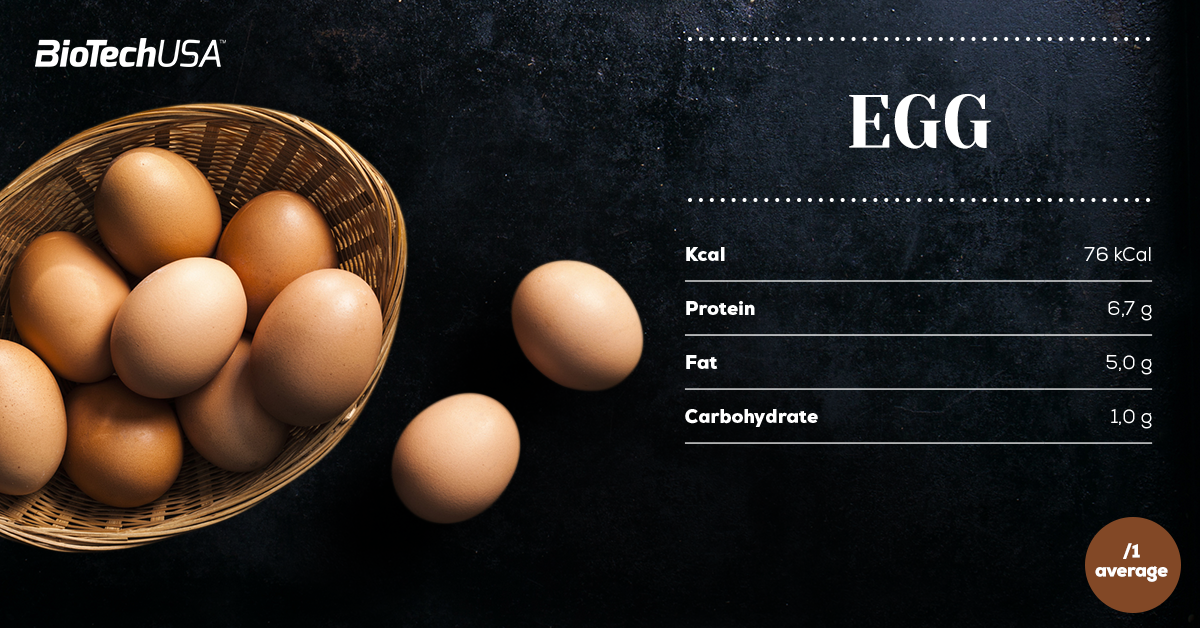
Low-fat cottage cheese
Cottage cheese is available in high, medium and low-fat versions. Since during a diet, the saturated fat in cottage cheese is not a useful part of the regimen, you should look for the low-fat version. It contains about 14 grams of protein per 100 grams. You can use it for sweet or salty meals, and it can be a great addition to low-calorie meals such as diet cottage cheese dumplings, cottage cheese pasta or dishes with cottage cheese and spinach.
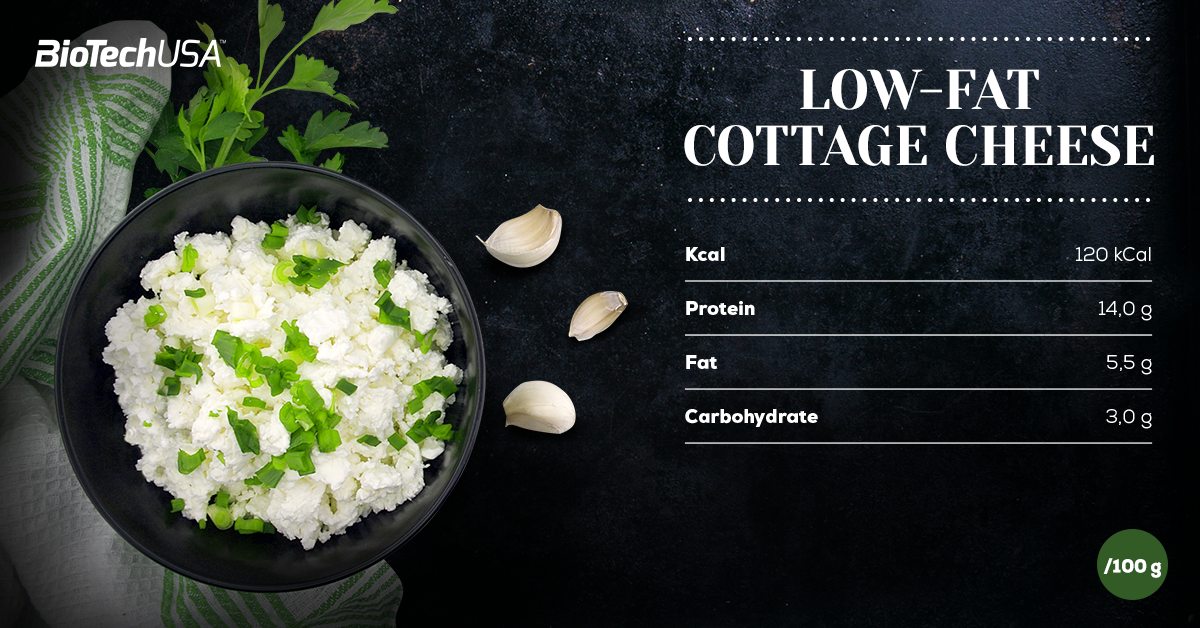
Protein shake
Protein shakes are available from a number of sources, whether whey, plant derivatives or, for example, beef protein. They normally contain 20 g protein per serving, but it can vary depending on the composition. They are especially recommended after workout, but mixing them to your morning oat flakes can also be a good starter to your day. You may as well use them to make desserts, ice-cream or hot drinks.
Start your high-protein diet today!
A high-protein diet, used to lose weight, is perhaps one of the most substantial and convenient regimens, which helps you lose body fat without the need to starve, keeps you energetic and makes you nice and toned if combined with physical exercise. Although you need to consider the meals for the days to come very carefully, and prepare either by cooking or ordering or buying your food, you can still spend the dieting days quite pleasantly. Give it a try and you won’t be disappointed. Most competing fitness athletes use the same method to prepare for their competitions, so we can safely say it works!